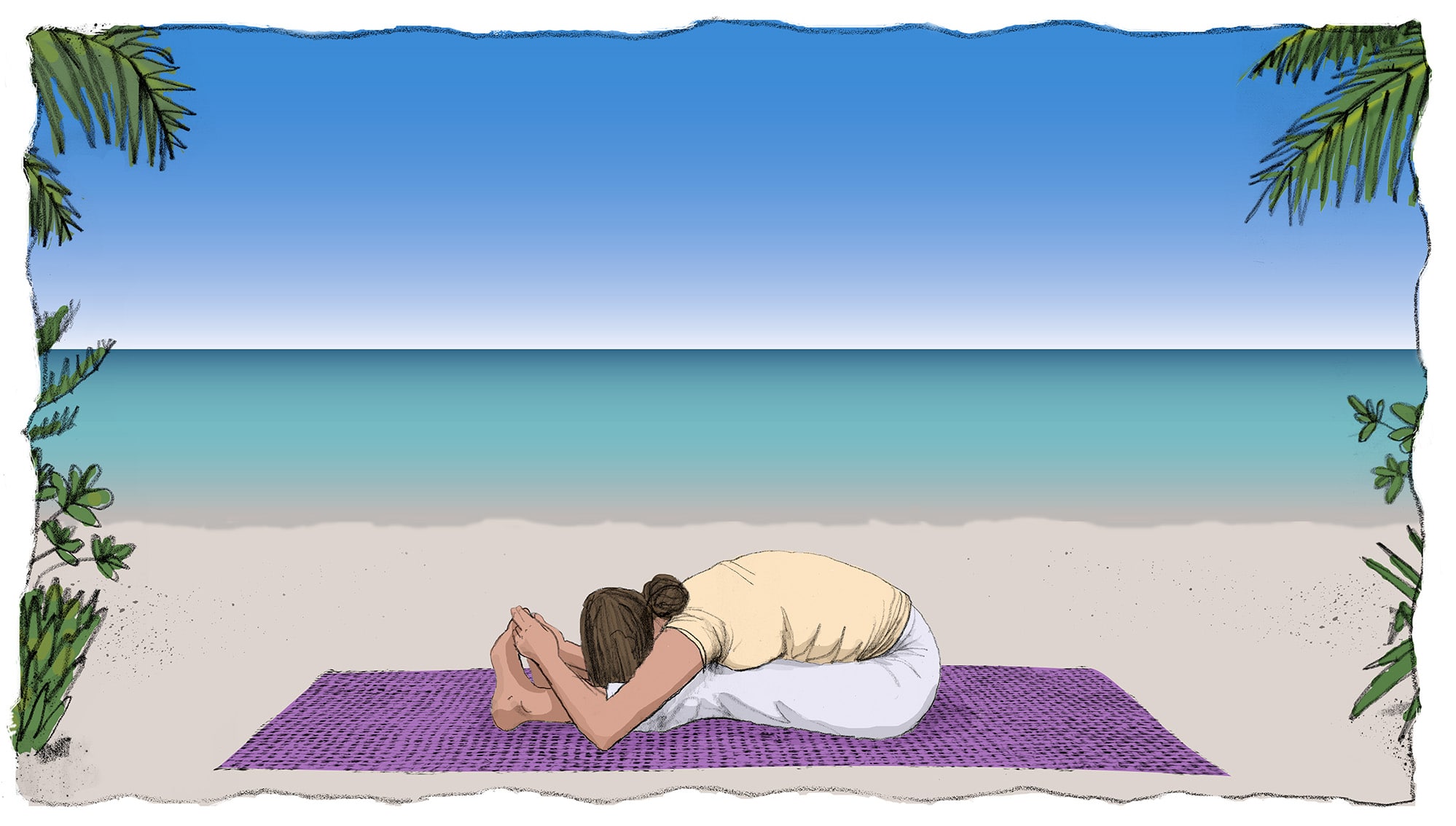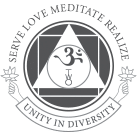Sivananda Bahamas Blog
Expand Your Horizons …
Our Blog
Paschimothanasana and Breaking My Own Resistance: Sivananda Yoga Posture Stories
By Surya
Over time, our experience of yoga asanas evolves beyond the physical — the postures become our teachers and companions, showing us our relationship with ourselves and the world. Enjoy this collection of stories submitted by Sivananda Yoga practitioners from around the world, sharing their in-depth connections with each asana of the Sivananda sequence.
I started to practice yoga out of curiosity and because of the physical challenge that the advanced postures represented for me. Having a naturally flexible body after two years of regular practice, quite a few of the most challenging postures were already conquered.
In the headstand my goal was to hold longer and longer. The royal cobra, the full locust and many other postures also became part of my regular practice — and even though there’s always room for improvement, I’d already reached a high level of performance.
But there still was an asana that kept resisting my admirable flexibility — the seated forward bend, paschimothanasana. The more I was exerting physical effort on bringing my head closer to the knees, the more I felt my body shaking and resisting.
Finally I learned that physical exertion is only a minor part of the practice … that there are many other dimensions of our being that affect the physical result. Yoga is a multifaceted practice and involves becoming more present. Slowly I was better able to understand why I was experiencing challenges in the forward bend.
The more I was breathing slowly and deeply, while using the breath as an instrument to relax the muscles — the more I could see that my breath was moving the energy. This body is much more than dense matter, and it’s not only physical exertion that moves it. Prana, the vital energy of the body, can also be moved by will and awareness.
Layer by layer, the physical tension of my body released. As I delved deeper, I clearly saw how much these tensions were a crystallization of emotional and psychological pains and sorrows.
As I held the pose longer and longer to allow the body to relax and deepen in the posture, I learned that I could easily observe my thoughts and the mind patterns associated with these thoughts. I then realized something that is now crucial to my practice: if thoughts could be observed just as we observe the external objects, then I, the “observer,” was something more than just my mind.
Without even knowing it, I was already opening the doors to Raja Yoga and Jnana Yoga. I finally understood why the asanas are the first rungs on the fascinating yoga ladder.
Because of my transformation with the seated forward bend, yoga is much more to me than physical release. It showed me how yoga is a powerful instrument to help human beings to realize all our dimensions — and the true inner Self.
****
Every week from January 1 – March 26, 2018, we will be sharing a new story — You can access all of the current ones here.








